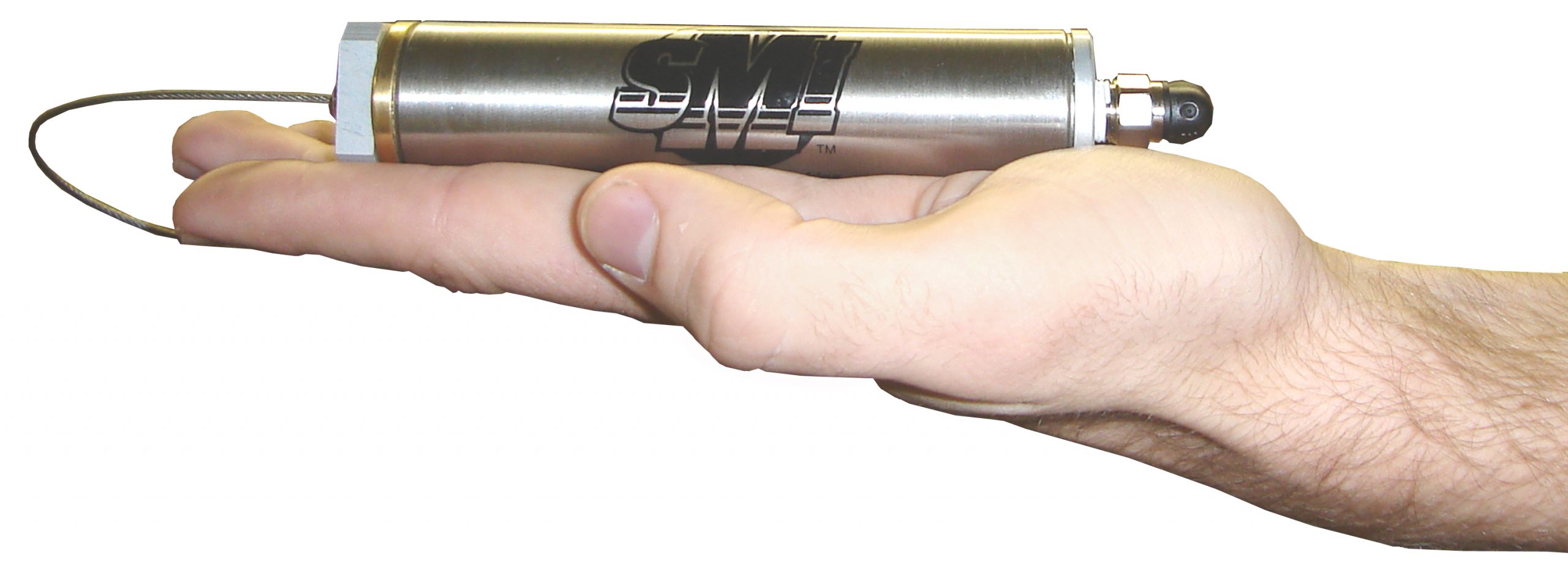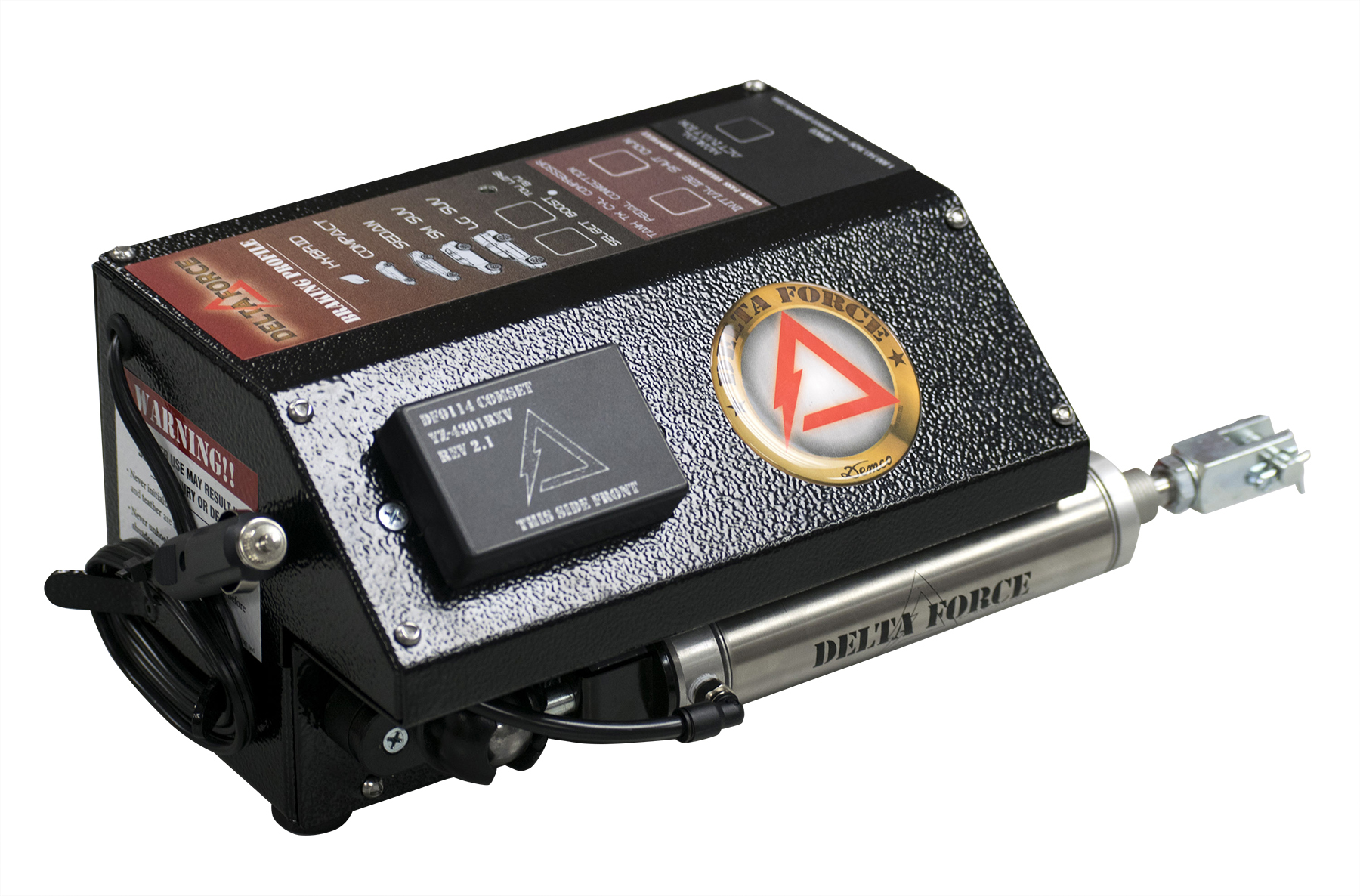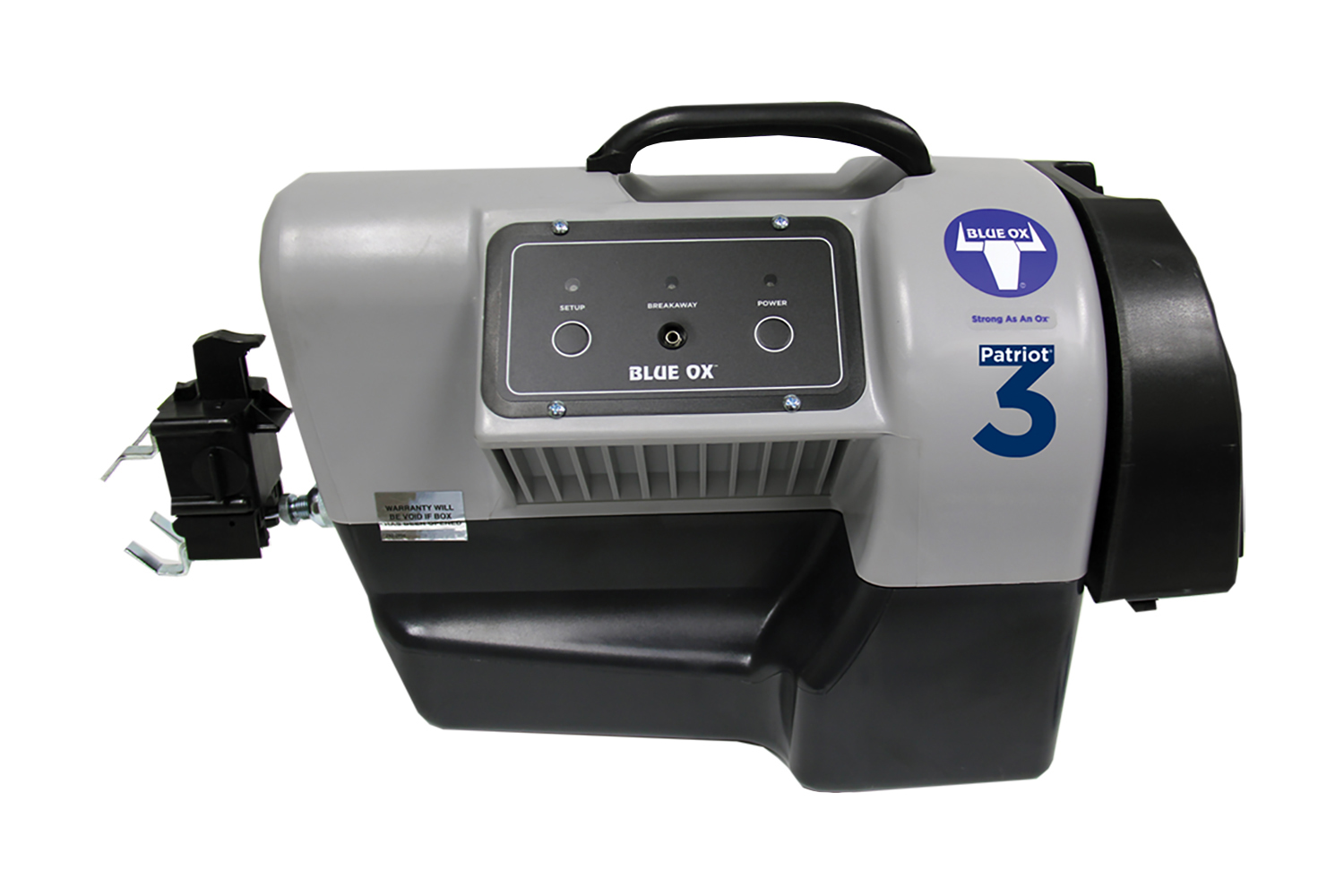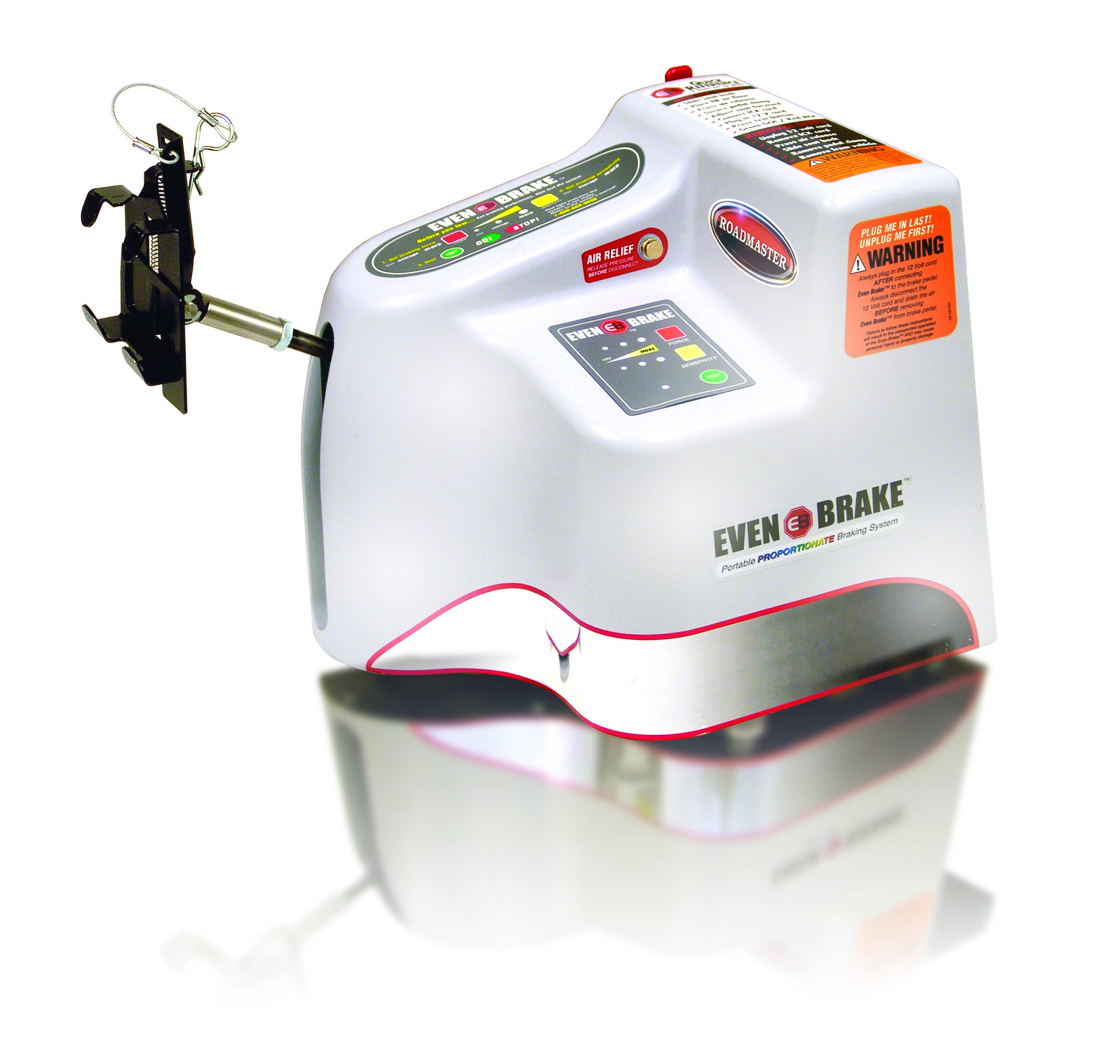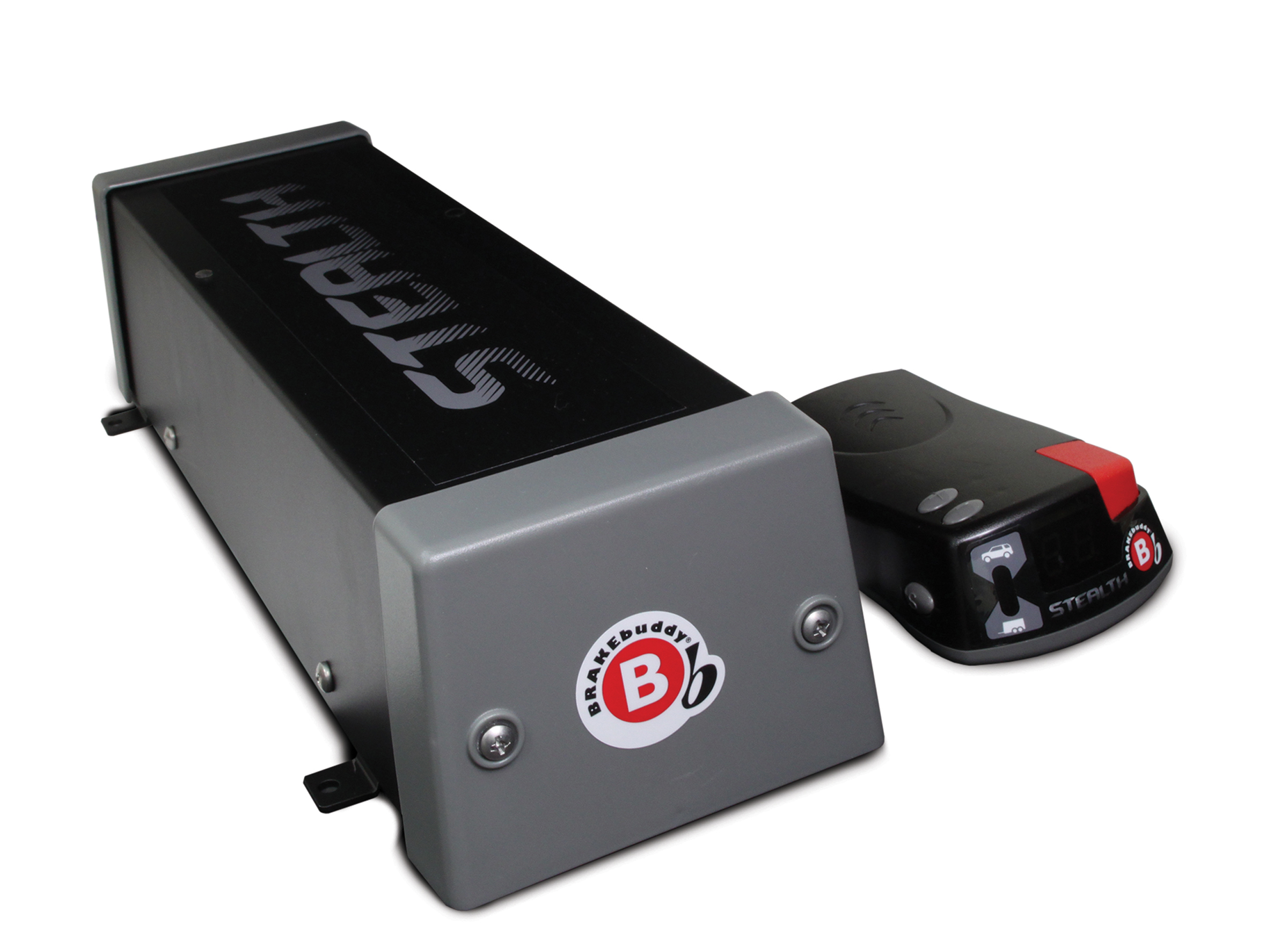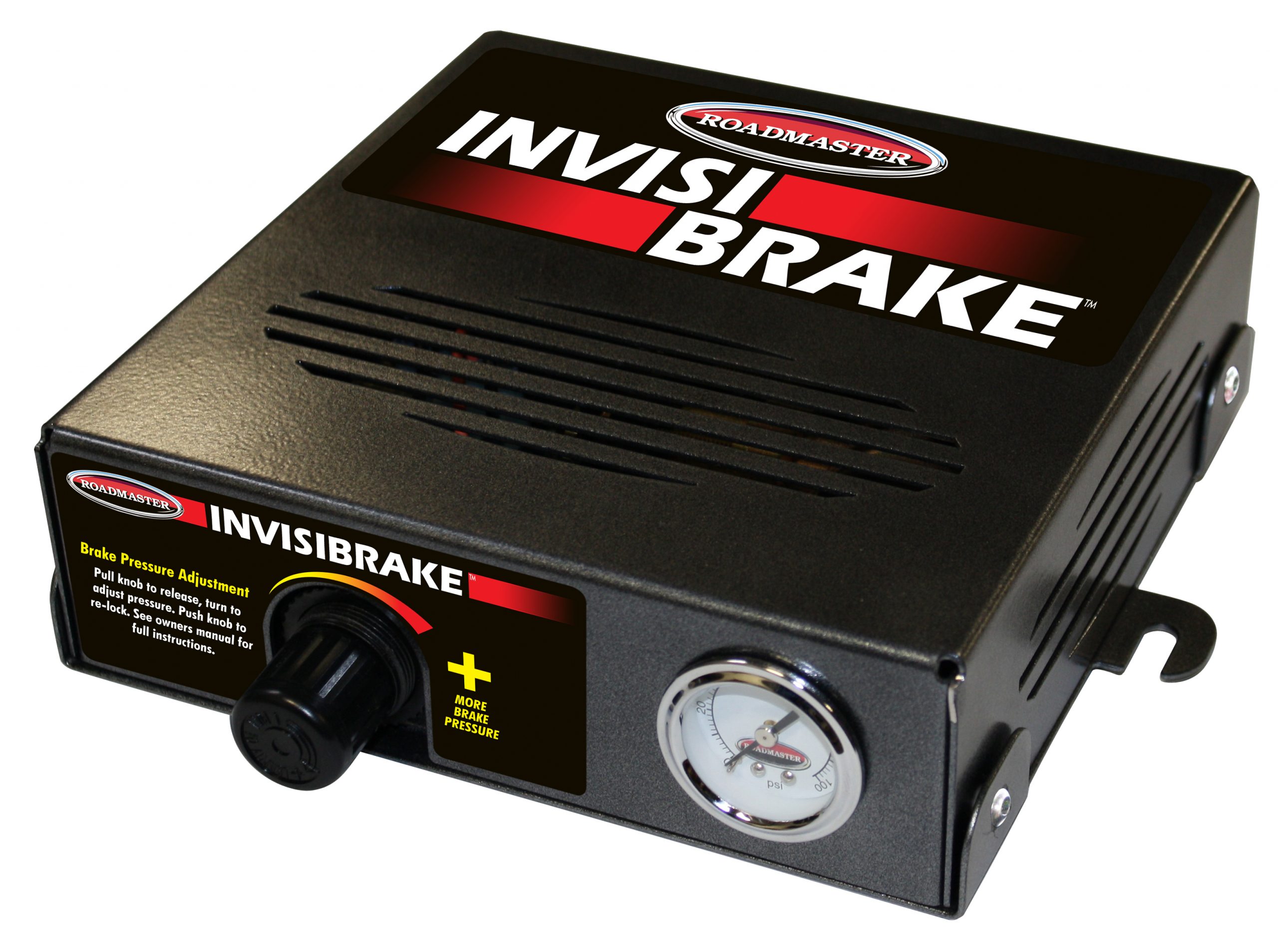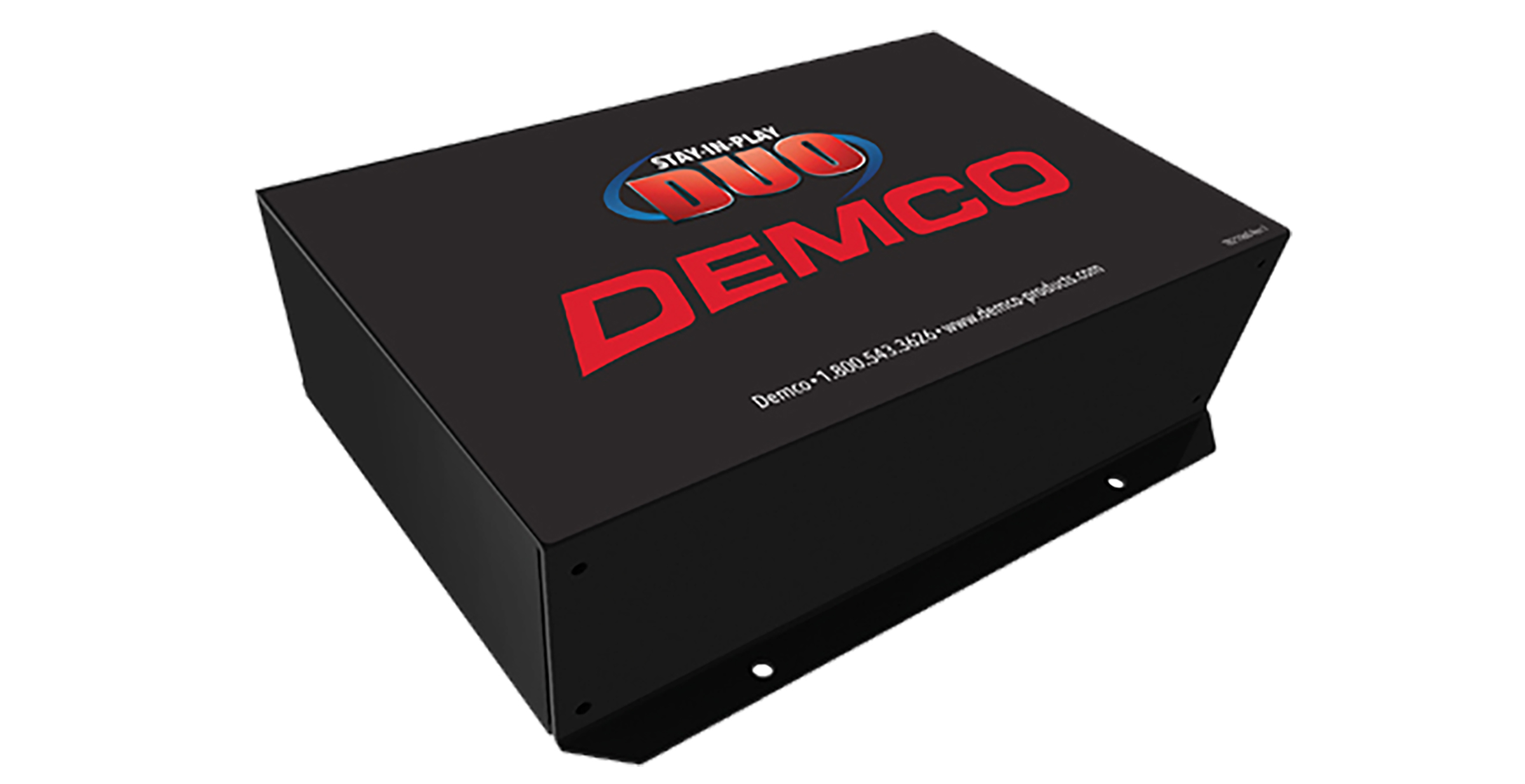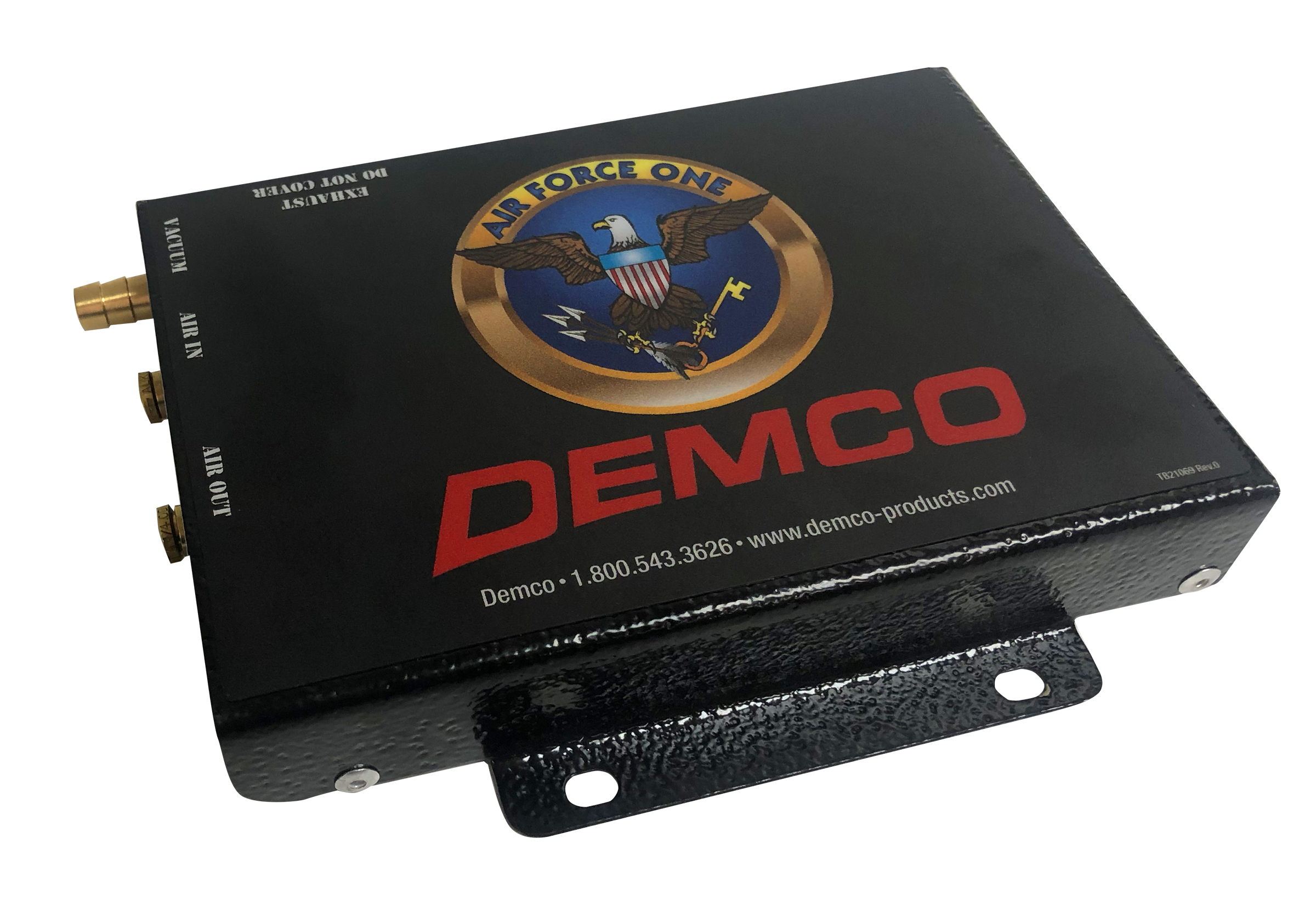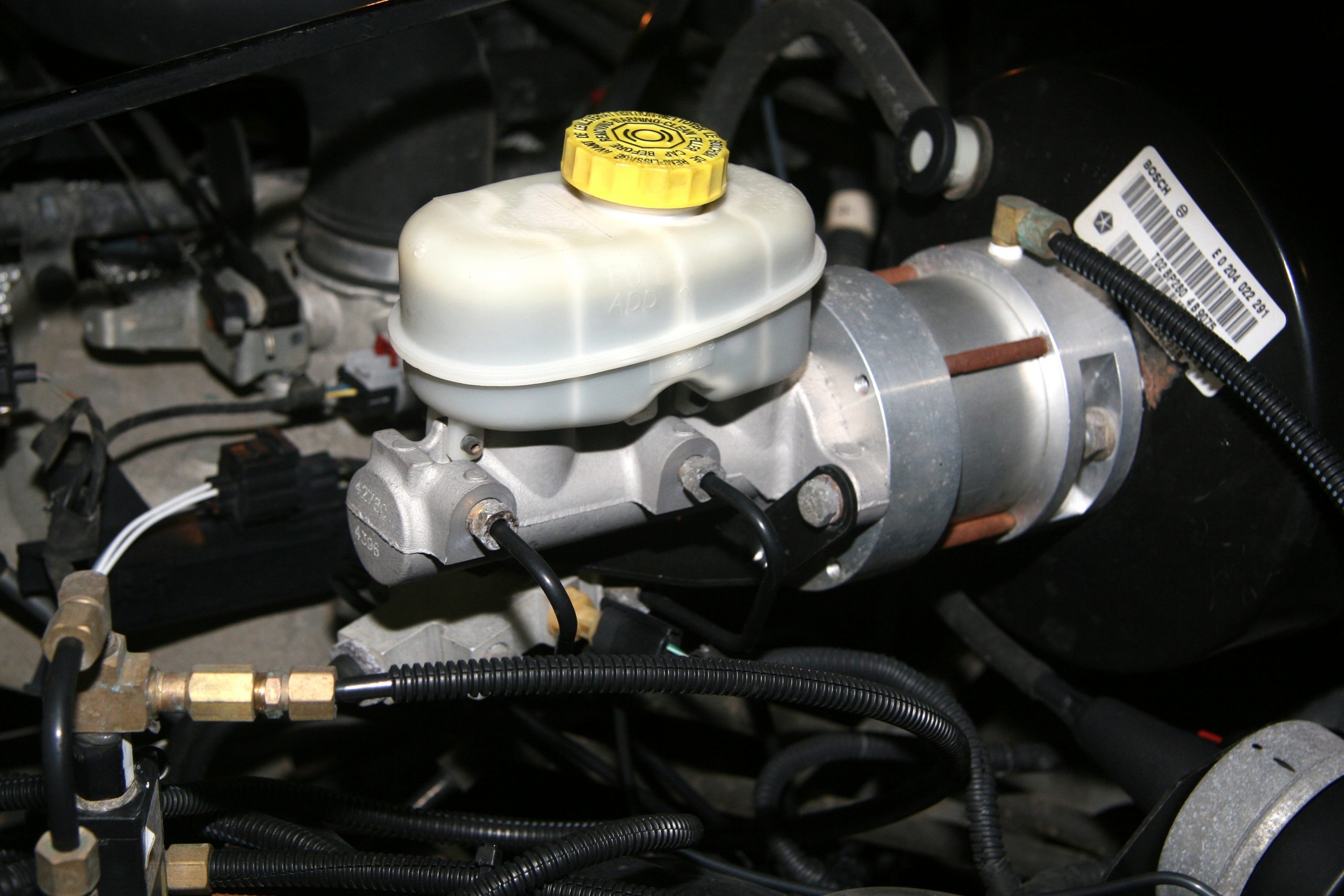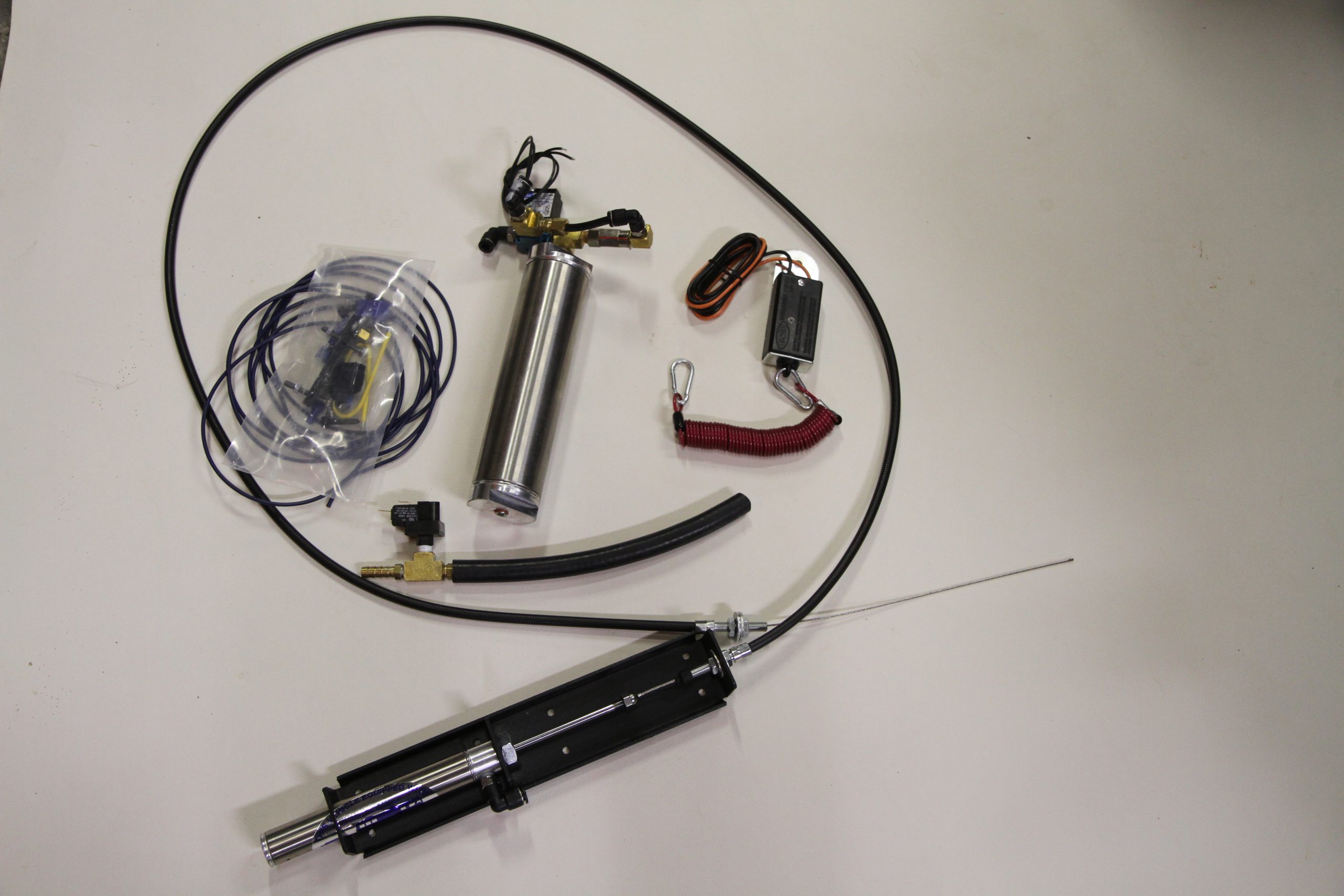Towing without a supplemental braking system is dangerous RV driving
A motorhome is an excellent choice for traveling. Everything is self-contained and you have the comfort and security of sleeping in your own bed and cooking your own food. The only caveat is that they are large, so using it as a daily driver to go shopping or sightseeing in a national park just doesn’t work out very well. Fortunately, motorhomes are equipped with trailer hitches, making it easy enough to tow a smaller vehicle for your touring while the motorhome is parked at your campsite. Towed vehicles can include a vehicle placed on or in a trailer or loaded onto a tow dolly, but the most common method is to use a tow bar to flat tow your vehicle – commonly referred to as towing four-down.
There are a number of vehicles capable of being towed four-down but there are exceptions, so you’ll need to check with your manufacturer to see if your choice is flat towable. If it is, the next step is to verify that your coach is capable of towing your vehicle of choice. Larger Class A coaches have ample capacity, and some can tow as much as 20,000 lbs. but some smaller Class C motorhomes may only have a 3,500 lb. towing capacity, which will limit you from towing any vehicle that exceeds that weight rating.
In addition to the rating stamped on the trailer hitch, you’ll also need to look at the Gross Vehicle Weight Rating (GVWR) and the Gross Combined Weight Rating (GCWR) of your motorhome. The GVWR shows you the maximum amount of weight that the motorhome can safely weigh. The GCWR indicates the maximum safe weight of both the coach and any trailer or towed vehicle and will always be higher than the GVWR. For example: if you have your coach loaded to the maximum GVWR (let’s just assume 32,000 lbs. as an example) and your GCWR is rated at 36,000 lbs. it leaves you with 4,000 lbs. as the maximum safe weight of the towed vehicle or trailer. Your trailer hitch may be rated at 10,000 lbs. but you must limit the towed weight to the lesser value of the hitch rating or GCWR. If you do not load your coach to the maximum GVWR, then the difference between the GCWR and your actual coach’s weight when fully loaded will increase and you may be able to tow a bit more than the 4,000 lbs. in the above example.
The GCWR also assumes that you have brakes on whatever is being towed. If you have an enclosed or flatbed trailer it will most likely have brakes on those axles that are designed to work in conjunction with a brake controller in the tow vehicle. As long as you have installed a trailer brake controller in your motorhome, you’ll be fine. But when you flat tow another vehicle – it’s a different story. A car, Jeep or truck has its own braking system that is controlled by the driver when driving that vehicle. When you hook up to a motorhome to flat tow the braking system on the motorhome and the braking system on the towed vehicle are two separate entities. They do not work together, so you have no towed vehicle brakes when towing.
Fortunately, there are a number of third party supplemental braking systems on the market that will allow you to safely tow your vehicle and be compliant with the GCWR requirements.
Questions sometimes arise as to the legality of towing without a supplemental braking system, which varies according to state or province. I’ve also heard a few arguments from RV owners about not spending the money on a supplemental braking system because “you can hardly feel the towed vehicle behind the coach”. While the towed vehicle is a small percentage of the total weight, especially on a large tag axle diesel pusher, tests have proven that there still will be a difference in stopping distance during a panic stop. A study taken by Roadmaster and published on their website showed a 34’ class A motorhome took 132 feet to come to a complete stop from 50 miles per hour. When a medium size car was connected to the motorhome the stopping distance increased to 209’. When a supplemental braking system was added to the towed vehicle this distance decreased to 137’. Those extra 72’ can make the difference between safely stopping in time or being involved in an accident should an emergency stop be required.
Another reason for a supplemental braking system is to protect yourself and others during a breakaway situation. Some systems include this and some offer it as an optional accessory, but in either case this is something that every supplemental braking system should have. A breakaway system consists of a switch that is mounted on the towed vehicle and is connected to the coach via a small steel cable. Should the towbar fail or for any reason the towed vehicle becomes disconnected from the coach while driving, the cable will activate the breakaway switch and the supplemental braking system will apply the towed vehicle’s brakes to safely bring the vehicle to a stop and prevent a runaway that could possibly impact another vehicle.
I recall one incident I experienced where a supplemental braking system with breakaway device saved me from some major damage. I had recently rebuilt my towbar and decided to replace my locking towbar and hitch pin set while I was at it. Shortly after we left for a long trip and not more than an hour down the road, I heard and felt a large jerk on the back of the coach. I looked in my rearview camera and saw that our Jeep was following us about 10’ back from the coach. I knew that something had failed in the towbar, so I pulled over to the side of the road and got out to investigate. I saw that the main 5/8” hitch pin that holds the towbar into the coach’s hitch receiver had failed, allowing the tow bar to pull out of the hitch and drag along on the ground. The safety cables held and kept the Jeep behind me and the breakaway cable applied my M&G supplemental braking system on the Jeep, keeping it at a distance from our coach. Had I not had a breakaway system, our Jeep would undoubtedly have plowed into the back of our coach once I attempted to slow down, damaging both the front of the Jeep and the rear of the coach. Our safety cables were stretched beyond being useable but I had kept the old set of locking hitch pins and a spare set of safety cables along, so I replaced them, reconnected the towbar and happily went on our way with no damage to either vehicle.
Types of Supplemental RV Braking Systems
Supplemental braking systems are available in several different versions. Some systems are portable and can be taken out of the vehicle when not needed while other systems are permanently installed into the vehicle. In either case, these systems will provide supplemental braking ability to the towed vehicle. Both methods have pros and cons so let’s look at the differences and see which method works best for you.
Demco’s Delta Force is a portable system.
Portable systems are placed upon the floor of the driver’s footwell. They operate by actuating an arm that clamps onto the brake pedal. These units use 12-volt battery power to actuate the arm that connects to the brake pedal and use decelerometers to detect when the vehicle is decelerating. The main module is a box that contains the mechanism and sensors and rests on the floor, but generally must be placed against the driver’s seat so that the box stays in place when the brake pedal arm extends so that the box doesn’t move instead. Some of these systems may have additional brackets to help keep it from sliding while others simply rely on the seat cushion to prevent it from moving rearward when the brakes are applied. If you want a portable, you’ll have to consider how soft your seat cushion is and whether that will affect your choice of portable braking system. Popular systems are available from a number of manufacturers, such as Blue Ox’s Patriot 3 system, Brake Buddy’s Classic 3 and Select 3 systems, Roadmaster’s Even Brake system and Rvibrake’s Rvibrake 3.
Blue Ox offers the Patriot 3, which is a portable unit that is placed on the driver’s footwell and connects to the brake pedal. It can easily be removed and stored or transferred to another vehicle.
Roadmaster’s Even Brake is another portable braking system that can easily be transferred from one vehicle to another.
Another caveat to a portable system is that they still do require some installation, so you can’t just drop it into any vehicle and expect it to work. You will need to mount a breakaway switch to the front of your vehicle and run its wires back to the footwell where they will plug into the brake controller. You’ll also need to provide a 12-volt power receptacle to plug the unit into. Many cars will have a 12-volt receptacle that is connected to the ignition key switch. That won’t work because the receptacle will not have any power when you are towing. You may have to install a constant-hot receptacle someplace in your dash area.
While these installation tasks are minor compared to a system that is permanently installed, you still have to deal with setup every time. This begins by placing the unit on the floor and connecting the clamp on the arm to the brake pedal. Then plug in the breakaway wires and power cord and position the unit so that it can’t move backward when the brakes are applied. You may also have a calibration routine to go through, depending on the manufacturer of your braking system. Once you are done towing you will have to disconnect the wires, remove the clamp from the brake pedal and find someplace to store the system.
The last consideration is that these systems use sensors to sense when the vehicle is decelerating because there is no communication between the towed vehicle and the coach. If you are using the coach’s Jake brake to slow down when descending a downgrade, the supplemental system will unnecessarily apply the brakes on the towed vehicle because it assumes you are braking. This can result in excessive wear and heat buildup when traveling in the mountains.
NSA’s Ready Brake mounts to your hitch receiver and acts as a surge brake with your tow bar.
A system that is permanently installed takes a bit more labor to install but, once installed, it’s pretty much a hands-off forget-about-it system. The simplest is NSA’s ReadyBrake, which is permanently attached to the towbar. This is basically a surge brake system that senses the forward pressure of the towed vehicle under braking. As the module moves, it pulls on a steel cable that runs through the towed vehicle’s engine compartment to the area around the brake pedal. This cable attaches to the brake pedal and applies pressure to the pedal in response to the pressure applied to the towbar mounted actuator.
A number of popular systems are available for gasoline powered motorhomes. These use an actuator that attaches to the towed vehicle’s brake pedal, generally via a cable. The cable is behind the brake pedal so it doesn’t get in the way when driving the vehicle. Most use a decelerometer sensor to sense the rate of deceleration but are also connected to the motorhome’s brake light switch so that the brakes will only apply when the driver steps on the brake pedal in the motorhome, preventing any brakes from dragging when descending steep grades. Common systems include Brake Buddy’s Stealth system which is a dual-mode system that can also use the cockpit-controlled module to actuate trailer brakes as well as towed vehicle brakes.
Brake Buddy’s Stealth is a dual mode system that can be used to activate trailer brakes as well as towed vehicle brakes.
Other systems are Roadmaster’s InvisiBrake and Demco’s Stay-In-Play Duo. These systems can be used on diesel powered coaches as well, but they lack the true proportional braking available from a system that is designed for a coach with air brakes.
Roadmaster’s Invisibrake is an excellent choice for coaches with hydraulic brakes. The controller can be mounts in any location and once set, does not need any further interaction.
Demco’s Stay-In-Play Duo utilizes a small module that mounts in the engine compartment and utilizes a cable attached to the brake pedal arm to operate the brakes. It’s a good choice for coaches with hydraulic brakes.
With a diesel-powered coach that has air brakes, you have lots of choices. If you recently upgraded from a gasoline-powered motorhome to a diesel pusher, you can continue to use your existing towed vehicle’s braking system. Or, you can upgrade to a pneumatic system that utilizes the air pressure from your coach’s air brake system to apply the brakes on the towed vehicle. The biggest benefit is that you can now get true proportional braking because the brakes on the towed vehicle will apply in the same amount and at the same time as the brakes on the motorhome. The harder you step on the coach’s brake pedal, they harder your towed vehicle’s brakes will apply. You can now coast and descend grades without any worry about prematurely applying or dragging the towed vehicle’s brakes.
These systems involve the installation of a module under the hood that generally actuates a cable that pulls on the back side of the brake pedal arm. This module connects to 12-volt battery power to operate the breakaway valve and in some cases will operate a vacuum pump to provide a source of vacuum to the brake booster behind the master cylinder so that the power brakes are in operation. A pair of wires runs to the front of the vehicle and connect to the breakaway switch while a small air hose also runs to that area to serve as a connection to the coach’s air brake system. In addition to the usual trailer light umbilical, a steel cable for the breakaway switch and an air hose are also used to connect to the rear of the coach.
Some diesel pushers come from the factory prepped for supplemental braking systems and have a quick disconnect coupler at the rear of the coach. If not, you can get a DOT approved kit to allow your diesel chassis to do that. You can’t simply tee into a brake line some place or you may risk a loss of brake pressure on the coach should the air hose to the towed vehicle fail. These systems will add a small air tank and the necessary valves to isolate the towed vehicle’s supplemental braking system from the coach’s brake system to prevent any failure from affecting the braking of the coach. The most popular pneumatic true proportional systems are the M&G Tow Brake and Demco’s Air Force One.
Demco’s Air Force One uses a compact air operated cylinder that is connected to the brake pedal arm and uses the coach’s air supply to operate.
SMI’s Air Force One has a central controller unit that operates the air cylinder.
Note that either of these systems can be used on a gasoline-powered coach but it requires the purchase of an installation kit which includes a 12-volt air compressor that converts hydraulic brake pressure to pneumatic so that you can deliver true proportional air to the towed vehicle. These optional kits are a bit pricey but do give you true proportional braking and your towed vehicle will be ready for a diesel pusher if you decide to upgrade later on.
The original M&G Tow Brake is completely contained within the towed vehicle’s engine compartment and uses coach air pressure to provide true proportional braking. The module is inserted between the vacuum booster and brake master cylinder for failsafe operation.
The M&G 2.0 Tow Brake uses a remote air cylinder with cable to operate the brake pedal.
Selecting the correct system will depend on your needs. If you tow multiple vehicles and don’t mind living with the lack of true proportional braking and storage issues, then a portable system might be your best choice. If you want an “install once and forget about it” system, a permanently installed system should be your choice. If you are reasonably talented, you might make this a DIY installation but if not, you’ll want to have it done correctly by a certified chassis tech, such as those at National Indoor RV Centers. Electrically operated systems can be used on both gasoline- or diesel-powered coaches while pneumatic systems that tap into your coach’s air brake system can give you true proportional braking that will match the application of your coach brakes and prevent any false readings that can occur from inertia sensors used on many electrically operated systems.
Regardless of which system you prefer, it’s important to have a good supplemental braking system with a breakaway switch to be safe when towing. Towing without one is dangerous and is tantamount to driving without insurance and throwing out all your fire extinguishers. It’s just not an area to ignore.

Mark Quasius is the founder of RVtechMag.com, the past Midwest editor of RV Magazine, writes for numerous RV-related publications and a regular Contributor to FMCA’s Family RVing Magazine. Mark and his wife Leann travel in their 2016 Entegra Cornerstone.

